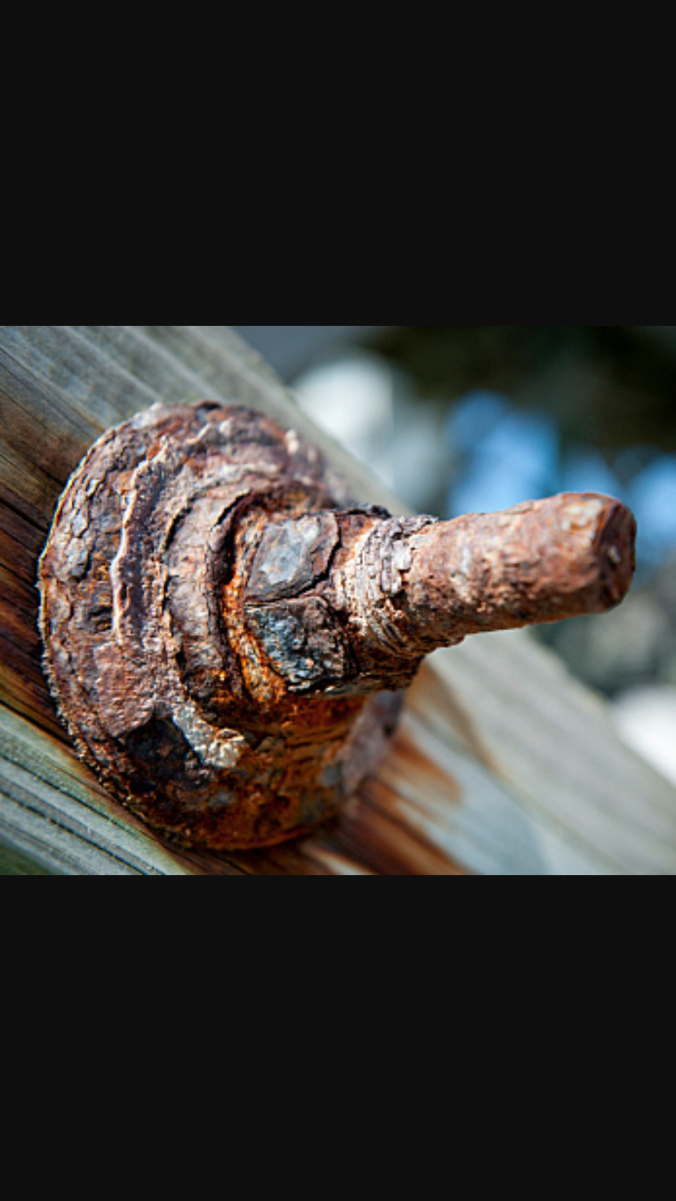Finally got around to replacing the toilet seat in the downstairs bathroom. Wait, isn’t that easy? You just unscrew the two plastic bolts holding the seat down, right? Not on this toilet. You see, it has those fancy metal hinges. I can thank the previous home owner for that. And fancy metal bolts. Whoever thought non-galvanized metal bolts for a toilet seat was a good idea should get flushed. See, the problem is if a piece of steel is not galvanized (a hot dip process that puts a zinc coating on metal, helping block against corrosion), then exposed to moisture over a long period of time, it rusts (stainless steel being the exception). Eventually, the rust will actually weld the nut and bolt together.
This makes it very difficult or impossible without the right tools to take apart. I had visions of trying to cut the bolt off with a cutting wheel all the while trying not to cut the toilet bowl itself. Trust me, WD-40 (penetrating oil) was not going to save me on this one.
First, I was able to break the cover and seat ring off (fortunately the pin that held the whole seat assembly together was plastic). Now I could get a grip on the upper metal post with a wrench. Next, to my delight, I discovered the nuts were actually plastic. The issue was the tabs that you normally use to hand tighten them were severely stripped. So I used a high speed rotary tool with a small bit on it to gently cut away at the plastic nut vertically. I figured once I broke that tension on the nut, I could coerce the nut off. Sure enough, it worked. Took a while, but it ended up working out. Fortunately, the new seat I had bought came with all plastic hardware, which is what should be used on a toilet seat regardless. I didn’t take actual pictures from this job. Though we keep a clean (yet kid induced cluttered) house, I don’t think anyone wants to see a toilet.
My next DIY project will be venting my hot water heater’s relief valve to the outside of the house. This is a must if your hot water heater does not have its relief valve draining anywhere but the floor. There will be pics. Stay caffeinated.

